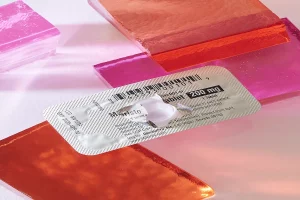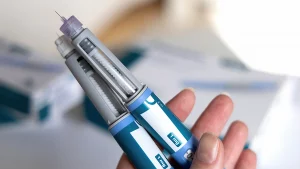The way we feel deeply influences how we buy and wear fashion. The excitement of a new dress. The satisfaction of a good deal. The carnal pleasure of just looking good. After all, retail therapy wouldn’t be therapy without the thrill of shopping after a bad day.
Emotions strongly guide our shopping behavior, and new technologies are getting better at capturing data about our feelings about products. That information helps explain the many shades of a consumer’s emotions, and could give retailers a fuller understanding of why we will or won’t buy something.
Body language reveals reams about our emotions. Affectiva, a company founded from MIT science, uses algorithms to analyze telltale signs of an emotion, such as head gestures and eye movements. Other technologies can measure your facial expressions, heart rate, tone of a voice and level of sweat on your skin. Some gauge this through wearable devices. Others can track it all from a video.
Called “affective computing,” these tech tools show insights about our immediate emotional reactions. It’s a more direct and unfiltered approach to consumer behavior than traditional focus groups and surveys, says Rana el Kaliouby, co-founder of Affectiva, in a Business of Fashion article.
Affective computing can be applied to the world of fashion. A computer might monitor which shelves or sections of a store you stopped at. A sales associate could be alerted if you’re unhappy or frustrated. An online fashion show or an e-commerce site could suggest clothing based on your level of happiness or excitement. Holition, a luxury marketing firm, is also developing technology to read and recognize your face as soon as you walk into a store, pulling up a list of products you’ve bought before.
Our shopping history shares much about what drives us. Target, for example, capitalizes on data about happy expecting parents, who tend to become loyal shoppers of specific items such as baby clothing and diapers. Target uses these behavioral patterns to send personalized ads to pregnant women as the delivery gets closer. The company even correctly guessed that a teen girl was pregnant before her father knew.
Creepy? Maybe, but maybe not, if you end up buying what you needed or wanted anyway. Maybe computers will know us better than we know us.
Another kind of technology, augmented reality, merges the online and physical worlds. Some retailers are using augmented reality devices to help shoppers try on virtual clothing or accessories in a store or online through a webcam. At TopShop, you can try on virtual clothing in front of an interactive Kinect screen. The marketing firm Holition creates software that allows you to try on luxury jewelry right in front of your computer. And Target’s tech lab in San Francisco is experimenting with mobile phones that, when held up to a shopping aisle, can show you all the sale items.
Pretty soon, according to Holition’s research in the works, you’ll be able to touch, smell and hear the fabric of clothing. The technology’s not far off. — Dominique Fong

















